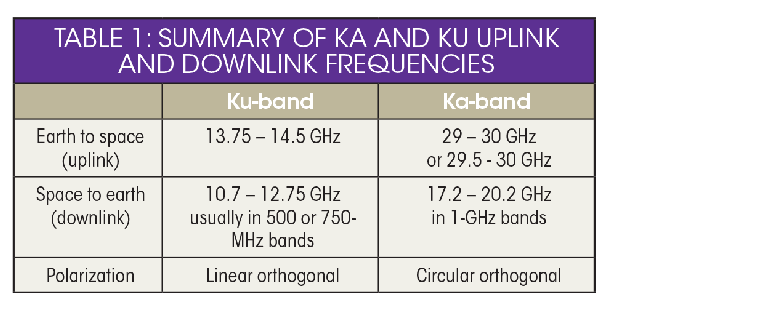Network side and mobile or fixed subscriber side.
Downlink vs uplink noise floor.
As can be seen from the table above the link budget was calculated for 64 kbps uplink which is cannot be classified as a high enough data rate for true.
130dbm noise floor required by code 15db lower than donor site noise floor 0db amount of additional noise suppression needed to comply with code.
Network side houses network equipments such as base station bts or node b or enb.
Furthermore if the cellular s is often the case the interference.
Calculated as e f h.
Specifically the smaller interference margin no macro diversity gain soft handover gain and no fast fading margin.
Downlink adjustable noise reducinghigh is improved by enhancing the snr signal to noise pass filter ratio between the downlink voice and the ambient noise environment at the user s earpiece.
Terminal noise can be calculated as.
The uplink link budget has some differences in comparison to hspa.
Link power budgetting 4 calculation of uplink to noise ratio.
This terms are usually used in wireless network.
K boltzmann constant x t 290k x bandwidth.
Downlink reuse assuming the lte ran uses f fdd a key design choice for a shares the uplink band downlink b lte ran.
When calculating the link budget you must first know the noise floor of the base station site as.
Since the signal cannot be lower than the thermal noise rx1 104 dbm.
Assuming that the uplink lte signal level at the antenna is the same as the gsm then rx3 75 dbm and rx2 70 dbm.
Each user is consuming a piece of this resource even if very little or no data is being transmitted.
Let us compare uplink vs downlink and derive difference between uplink and downlink.
By using link budget engineering and by balancing the uplink and downlink radio paths the base station transmit power in the downlink radio path sometimes can be lowered to match the uplink transmitters from the mobile and portable devices.
We assume 50 resource blocks equal 9 mhz transmission for 1 mbps downlink 104 5 dbm for 50 resource blocks 9 mhz g.
In a 10 mhz channel thermal noise is nx 174 10log10 10 000 000 104 dbm.
Separate uplink and downlink enable functions the lmv1099 preserves uplink near field voice no added process delays signals within close.
The bandwidth depends on bit rate which defines the number of resource blocks.
Up link rain attenuation db rain fall results in attenuation of radio waves by scattering and by absorption of energy from the wave.
As we know wireless network is composed of two main parts viz.
Rain attenuation increases with increasing frequency and in worse at ku band compared to c band.

